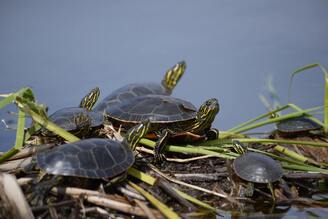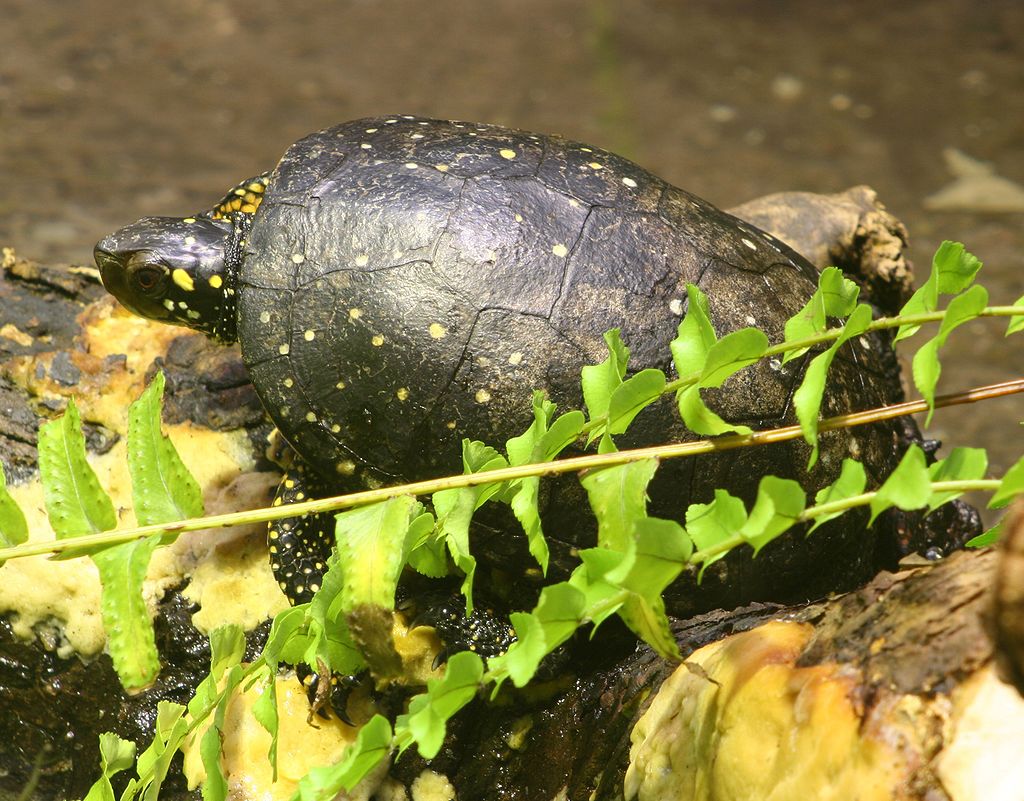 Every year more and more turtles are being killed by vehicles than any predator or any other factor in nature. As our human thumb print and land development keeps expanding so does the roaming areas of turtles and other species. Now some turtles like a snapping turtle are easy to spot but the smaller species not so much and if you are driving your vehicle at a fast rate sometimes you just cannot get out of the way fast enough. However, some of us have witnessed motorist swerving just to hit these almost defenseless creatures who are just looking for a place to nest and hatch their young. Some motorists have the best of intentions when stopping to help a turtle cross the road but have no idea how to properly help a turtle get out of harms way. Hopefully, this article will give you a clear understand so that you can help save a turtle the next time you see one struggling or if you want to call and talk to an expert Loomacres Wildlife Management has several wildlife biologist on staff that can help you or walk you through it. WHY DID THE TURTLE CROSS THE ROAD? During the late spring months and early summer months, female turtles are not acting like chickens just to get to the other side of the road, they have somewhere to be. Many female turtles will cross a road or highway bearing eggs looking for a place to nest. Semi aquatic turtles can be looking for wetland habitat depending on the season. Hatchlings (baby turtles) in roadways are typically looking ponds and streams to make as their permanent home. Tips When Moving or Handling Turtles.
If you want more information or have a problem with turtles on your property or in your roadways please fill out the fields below and someone from Loomacres Wildlife Management will reach out to you shortly. Loomacres - 800-243-1462 Bringing Wildlife Management to a Higher Level ©
0 Comments
Leave a Reply. |
Sales & Marketing
|

 RSS Feed
RSS Feed